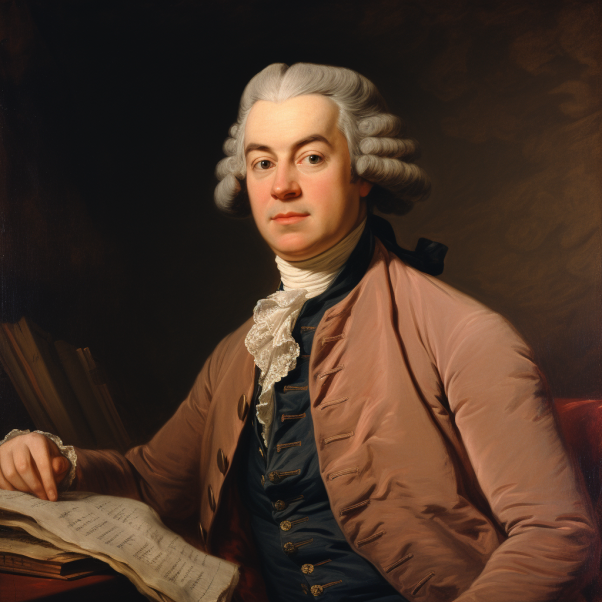As music professionals and aficionados, we often encounter varying degrees of musical taste and critique among our peers and audiences. This led me to revisit a classic piece of literature on music criticism penned by Dr. Charles Burney in the 18th century, an “Essay on Music Criticism” tucked neatly into the beginning of the third volume of his monumental “General History of Music.” The question that arises is: How relevant are Burney’s perspectives today, not just among scholars but also among composers, performers, and the general audience? The short answer is: exceptionally relevant.
The Essence of Burney’s Argument
Burney argues that the appreciation of music is subjective: “music is the art of pleasing by the succession of … sounds.” Everyone has distinct tastes shaped by their unique backgrounds and varying degrees of musical knowledge. However, Burney introduces an important caveat—pleasure in music is heightened when both the intellect and sensations are involved. In other words, a deep understanding of what one is listening to—a comprehension of the composition process, history, and aesthetics—increases the pleasure derived from music and allows for conscious criticism.
Informed Critique vs. Uninformed Critique
In the “Essay on Music Criticism,” Burney warns against criticism without proper grounding in the subject matter. Such uninformed critiques are not only inaccurate but also biased. When one lacks the necessary knowledge, they’re likely to appreciate what is familiar and scorn what is unknown or misunderstood. Burney refers to this as “reason without principles,” meaning to discuss or critique without essential information is flawed and, in many ways, counterproductive.
The Gap in Knowledge: Then and Now
Burney’s assertions, though centuries old, resound with striking relevance today. In our current musical landscape, where the Internet has democratized access to a plethora of musical styles and traditions, the gap in understanding between the musician and the audience has paradoxically widened. The question is, how can we, as music professionals, bridge this gap?
One potential solution is the interdisciplinary approach, which involves integrating knowledge from fields such as music theory, semiotics, and linguistics. This could manifest as public lectures, multimedia presentations, or interactive workshops that aim to educate the audience, enhancing their understanding and, consequently, their enjoyment of music.
Platforms like academic journals and music-focused blogs can play a pivotal role in disseminating scholarly articles that dissect various musical pieces, compositional styles, and performance techniques. The information can be presented in a way that both scholars and average listeners find accessible.
The long-term solution perhaps lies in music education. Initiatives to integrate comprehensive music programs into educational systems can lay the groundwork for a more informed audience in the future. Understanding music should not be a privilege but a widespread literacy.
The core of Burney’s “Essay on Music Criticism” still holds true today: an understanding of music increases the listener’s pleasure and allows for informed critique. As we venture further into the 21st century, let us heed Burney’s timeless wisdom by striving to fill the knowledge gap between musicians and the audience. In doing so, we elevate the experience of music to new heights, enriching our cultural tapestry for generations to come.
